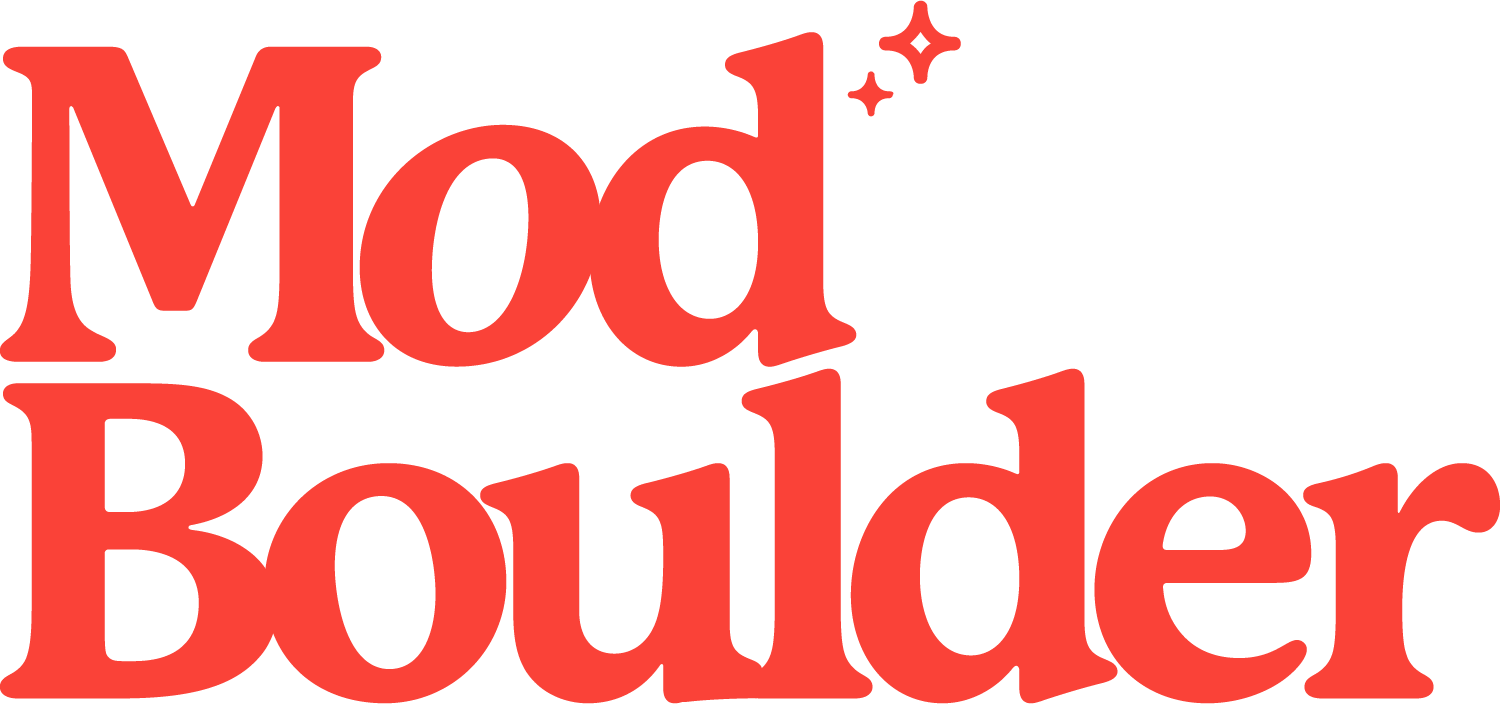The Code Behind Our Roads
Ever wonder why your street name ends with just a boring ol’ “Street”, while your friend is living out their Game of Thrones fantasy on a more regal sounding “Court”? Street suffixes not only serve as identifiers, they also serve as descriptions. In the United States, there are 211 recognized street suffixes, and Boulder takes advantage of 13: Avenue, Boulevard, Circle, Court, Drive, Lane, Parkway, Place, Road, Street, Square, Trail, and Way.Believe it or not, there’s a method to the madness. These suffixes are used to navigate the city easier and to help us find specific street addresses. Cardinal directions for suffixes vary by city; around Boulder, most streets run north to south (there are a few exceptions, like Marine Street, which doesn’t follow the north-south convention), while avenues run east to west. In addition to having different names for navigation’s sake, street suffixes tend to indicate specific characteristics. For example, Roads tend to connect two points. A Way is typically a small side street off of a road. Lanes are narrow streets often found in rural areas, and a Terrace will follow the topography of a slope or mountainside.
From here, it can get more complicated. While Boulevards are wide thoroughfares with medians, they’re also designed for slower speeds. Parkways, while their name elicits a breezy woodlands vibe, are actually the ones designed to handle higher speeds. Also noteworthy: the term Parkway has historically implied that the road’s design includes a landscaped curbside or median.
Other interesting distinctions include Drives, which take their cues from the surrounding environment; they’re typically winding streets that have their route shaped by nature. Places, on the other hand, are streets that have no throughway or lead to a dead end.
As important as street nomenclature is for getting us from point A to point B, it has, by no means, guaranteed permanence. Well-known Mapleton Avenue wasn’t always so named; at the turn of the 20th century, Mapleton Avenue was known as Hill Street. The western portion was renamed to Mapleton Avenue in 1902, with the eastern section following suit in 1915.
A more recent example is Canyon Boulevard. Until 1962, Canyon was known as Water Street (at times also called Railroad Street, as the narrow-gauge railroad leading to mountain communities was laid westward along it). The change was most likely instituted as Water Street was becoming a major thoroughfare across town, and the suffix Boulevard was eventually deemed more appropriate.
Street-naming conventions are just that—conventions—they’re not hard and fast rules. And as it goes with most rules, there are plenty of exceptions. (Don’t get me started on Tucson’s famous Stravenue.) But exceptions and confusion aside, street suffixes are here to help us. With this knowledge in hand, you won’t only know where you are, but you’ll know more about how you got there.
